This pile of twisted metal is our Sale of The Year
You might think this one comes way out of left field. The only good reason to think that is because, well, it does. It’s a controversial pick and I’m pretty sure it won’t be a popular one, but the twisted $1.875M hunk of Ferrari absolutely is my choice for Sale of the Year, 2023 edition. But I’m not choosing it just to be different. I genuinely think it was a great buy.
The car, which at one time was a Ferrari 500 Mondial, put a smile on my face when I first read about it. An even bigger smile appeared when I first saw it in person. But the idea of actually buying and restoring it? It sounds both stupid and savvy, impossible and life-affirming, wrong on every level yet just so right. It’s a moonshot, but also one with all the roadmaps firmly in place. It’s a picture of destruction, but also that of a path to redemption. It’s like an O. Henry story, a Dickens story, and a Hemingway story all wrapped up in an old Italian race car.
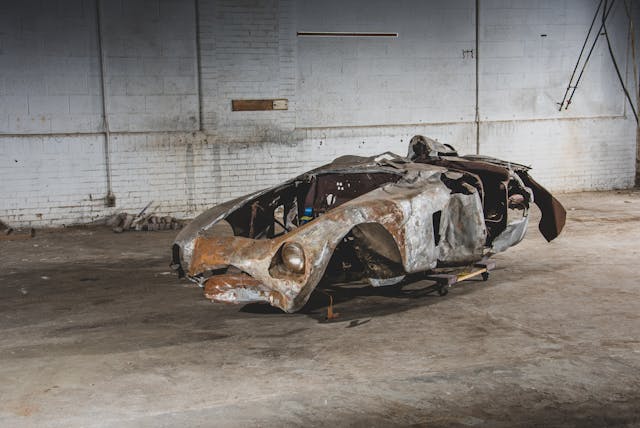
To be specific, it’s a 1954 Ferrari 500 Mondial Series I by Pinin Farina, serial number 0406 MD. It crashed heavily sometime in the early 1960s, and it sold out of the “Lost and Found” collection at RM Sotheby’s Monterey auction this August for $1,875,000.
First, a little bit about this “Lost and Found” collection, which belonged to Florida real estate developer Walter Medlin. In 2004, Hurricane Charley gave the Sunshine State a Category 4-sized smack, and among the casualties was the barn housing Medlin’s 20 Ferraris (including the Mondial). The structure collapsed, raining debris down on the cars. Later relocated to Indiana and stored for another decade, the cars were finally brought out for sale in Monterey.
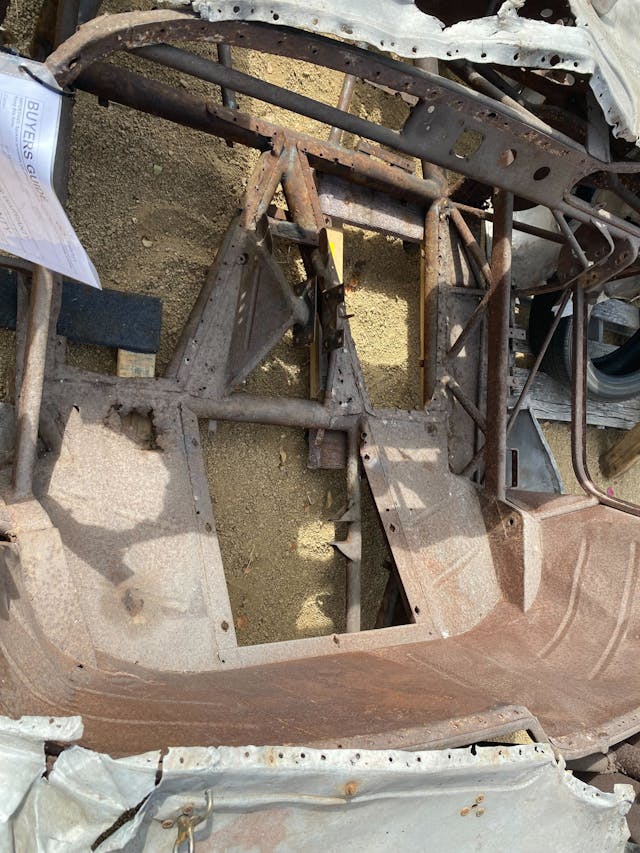
The sort of living diorama, set up by the RM staff to display the cars outside the Portola Hotel in downtown Monterey, certainly played to a “Lost and Found” theme. It gave off vibes of a desert island, a long-forgotten post in the outback, or an abandoned junkyard in a remote clearing. Placed as far away from the main viewing area as was possible, it nevertheless served as a celebration of the rundown and wrecked nature of what was on offer. In the Mondial’s case, however, it wasn’t so much wrecked as it was utterly demolished.
We like to say that all you really need to restore a wrecked race car is a serial number plate, time, and a wad of cash. Okay, maybe a metric ton of cash, but the point stands. Is this a rich guy’s folly, then? A waste of time, money, skills, and resources? A tax write off? I say none of the above, and this was a smart purchase. If, and only if, you have (or have access to) those critical ingredients listed above.
As a 1954 Ferrari, it’s a very early car in the history of the Ferrari brand, and not one single early Ferrari is worthless. Most are worth the cost of restoration, even if that restoration involves every single nut and bolt. When the subject is a race car from the early 1950s, the value is such that an owner could afford a truly extreme restoration, in this case a full rebuild. According to Ferrari, “around 15” (others say 13 or 14, welcome to the world of early Ferrari record keeping) of the 500 Mondial Spiders were made. They were all equipped with a 2.0-liter (1984.8ccc) Lampredi-designed four-cylinder engine. Most have good race history, and this one made appearances at the Imola Grand Prix, the Mille Miglia, and Targa Florio. Significant events, those three, and big assets for the car’s resume.
Putting a price tag on incredibly rare automobiles with varying histories can be difficult, but here are two previous Mondial sales to ponder. Gooding & Co. sold one, chassis 0434 MD, in 2018 at their Scottsdale sale for $4,455.000, against a pre-sale estimate of $5,000,000 to $5,750,000. In 2019, RM Sotheby’s sold chassis 0448 MD at their Villa Erba sale, Lot #148, it hammered, including fees, at $4,166,013, against a pre-sale estimate of $4,762,759 to $5,323,083. Importantly, both of these cars were sold with what was said to be their original engines; our 2023 example did not sell with its original powerplant but rather a later 3.0-liter unit.
Looking purely at the math, is it even possible to get to a potential value of $4M? In a nutshell, that answer is yes. Will this chassis be worth a bit less than that because of the later engine swap? Possibly. Restorations on cars such as this are expensive, but done correctly and with proper methods and craftsmen, you can bring the invoice in under that $2,000,000 delta between purchase price and comparable sales, perhaps monumentally under. Now, it’s just up to the new owner to figure out how.
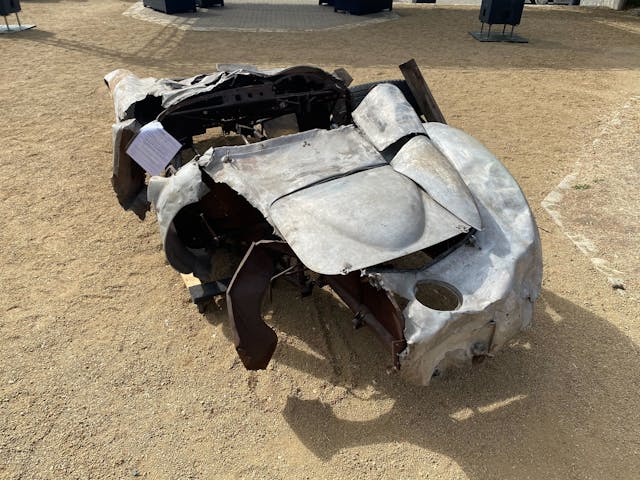
But where does one go with such a hunk of metal and eventual goals of touring at pace in the world’s most elite collector car events? There are shops in North America, or the fine folks at Ferrari could address this Mondial’s needs in exquisite fashion, to be sure. There are other, more economical alternatives, too. Craftsmen in the hills of Italy, or former Eastern Bloc countries like Poland, could shave two-thirds off the restoration price—and create an end product to match the best. We don’t know the resources the new owner possesses (though most of the time someone picks up a fixer-upper for nearly $2M, they usually can afford a top shop), but there are many options, and the restoration story is one we can’t wait to hear.
So, here’s to the gamblers, the independent thinkers, the craftspeople and artisans that will be involved in the recreation of this car, which very much deserves to be brought back to life. There are headaches and heartbreaks ahead, but in the end, the results will be worth the efforts. I for one can’t wait to see the resurrection and public presentation of this car—and to see it drive under its own power—be it at The Amelia, Pebble Beach or Villa d’Este.
***
Check out the Hagerty Media homepage so you don’t miss a single story, or better yet, bookmark it. To get our best stories delivered right to your inbox, subscribe to our newsletters.

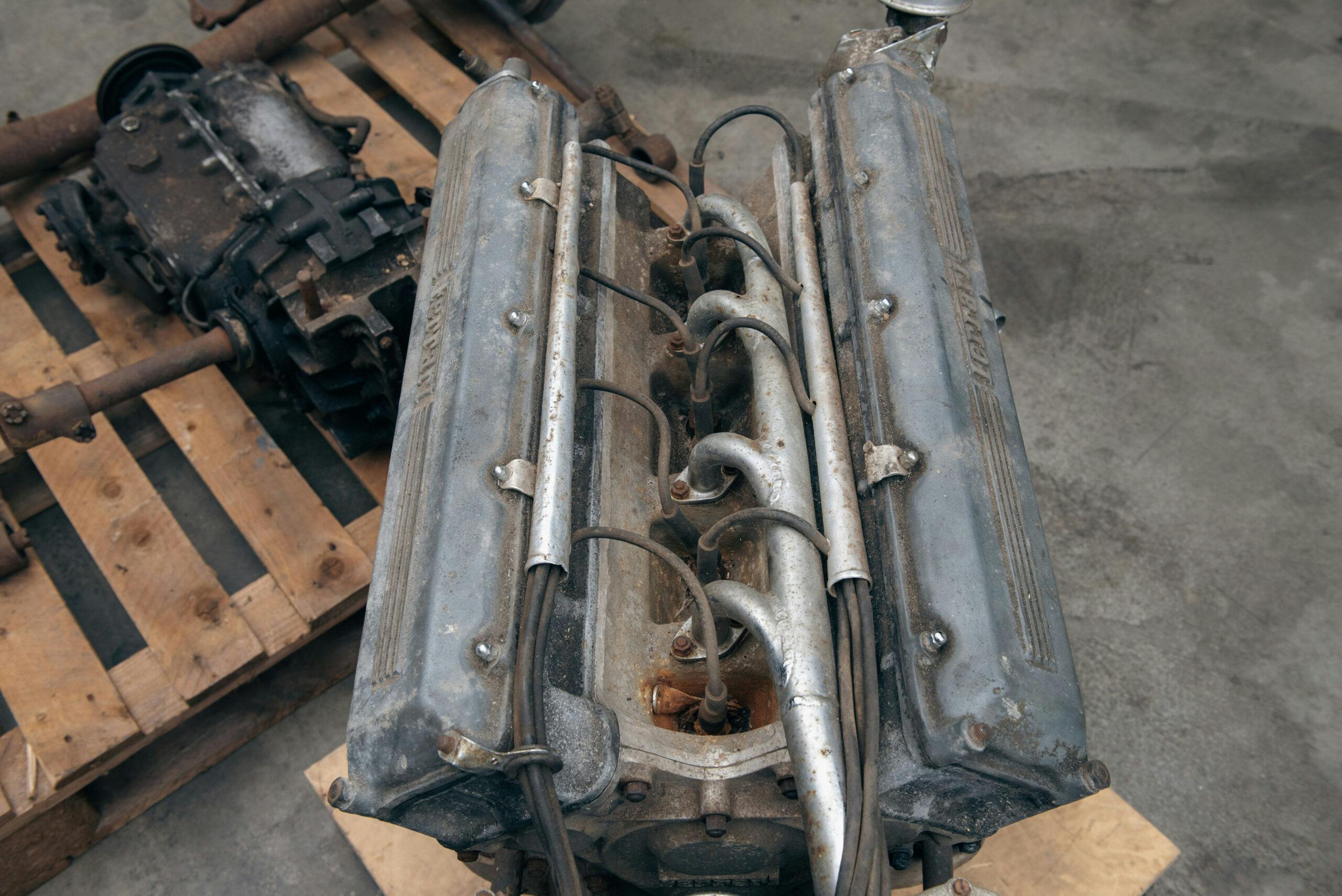
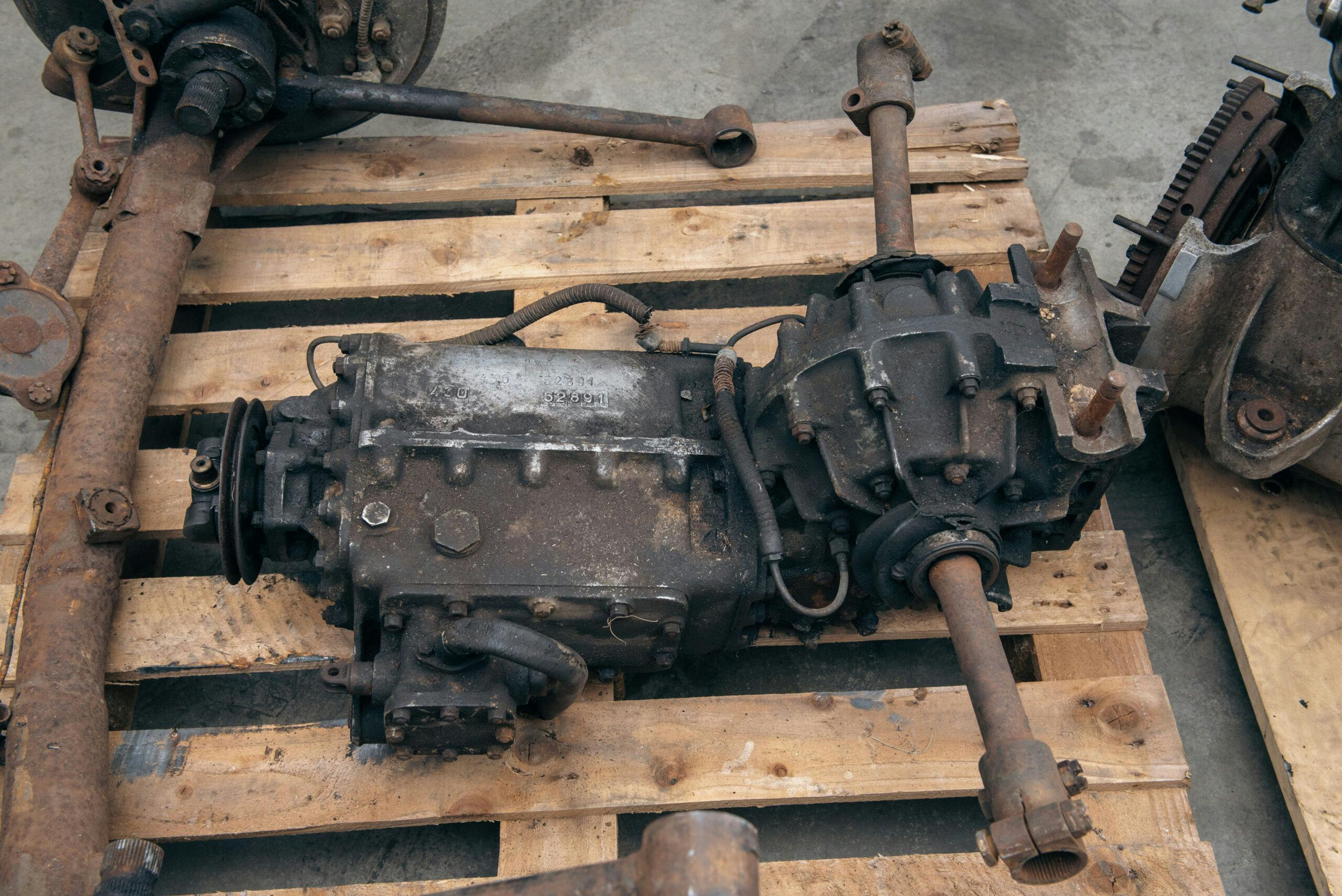

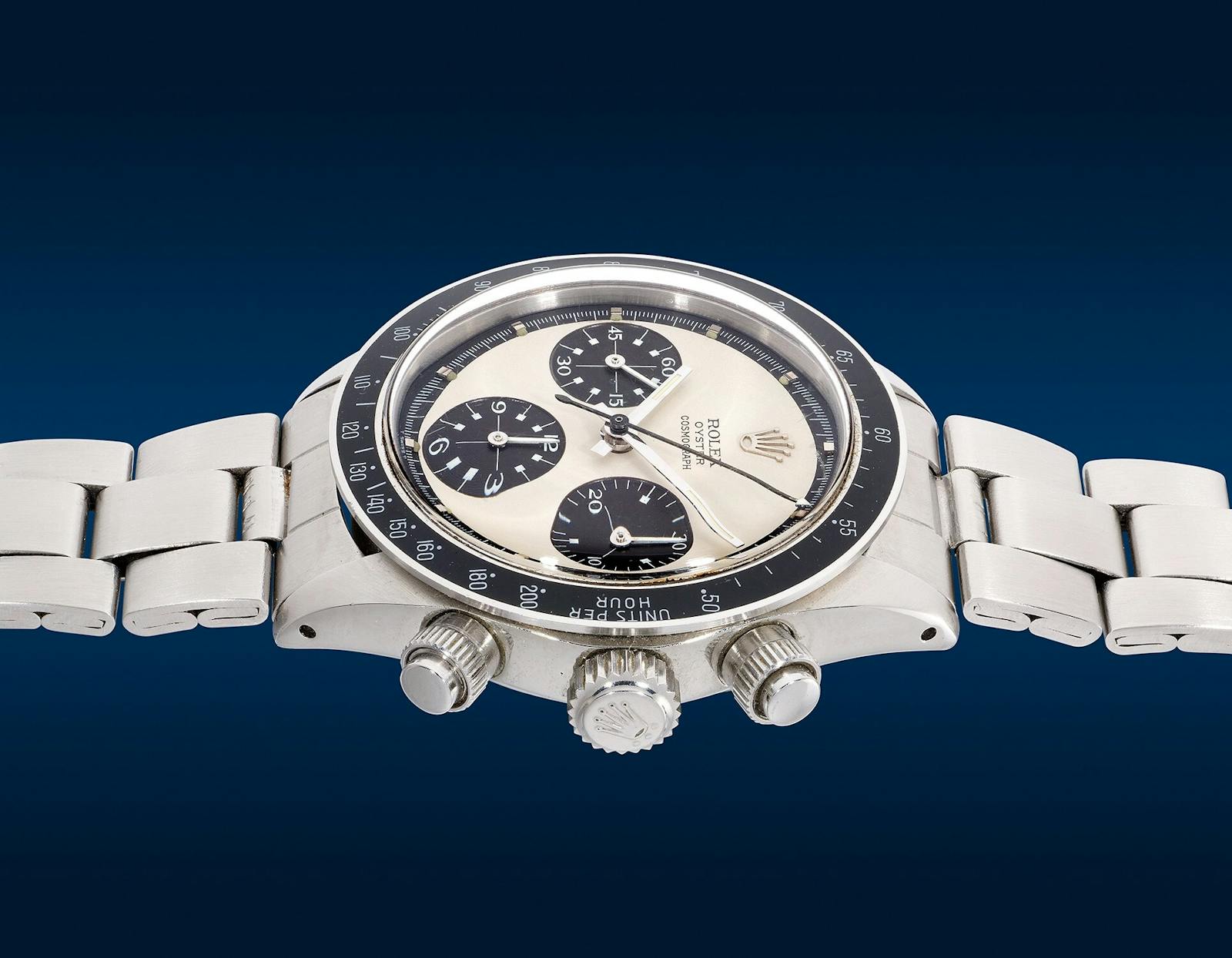
In a related story, they just put the rooster weathervane back on the top of Notre Dame cathedral after that horrendous fire. Restored slightly different from the original it now has a slight ‘phoenix from the flames’ motif. Perhaps not a bad idea for this Ferrari, all things considered.
This is one case where if you have enough money you can restore this and in the end in time will be worth what you spent.
To do this right you first sent it to Italy and to Pininfarina.
Next you drop the engine and drive line to Ferrari’s restoration service.
Now you are going to day that is not the cheap way to do this. Yes, but it is the right way as there is going to be a ton of fabrication needed and who better to do it than the original companies. This will be added value.
If you have just some guy fab up stuff and restore it the car may look right but is it still a Ferrari or is it a reproduction.
This is a big boys game and if you don’t have the fund then walk away.
I could envision this being mounted tastefully on some rich guy’s wall as a piece of modern art, a steal at a mere $1.875M compared to that Upper Eastside nouveau sop across town who paid $5M for a Matisse.
PS: I’m not a big boy.
It’s sad that people spend money on this. Couldn’t find anything more meaningful to do with it. It’s no wonder why poor people hate the rich.
What’s different then a million low income people buying a $10 necessity item, made in Thailand, versus one multi-millionaire buying one $10 Million dollar yacht , made in Thailand? Probably not much, as the money in both cases provided employment, through labour, parts, etc.
I like Matisse. Not every ,not all so much as but .As a young art student I thought I could knock out a copy of ‘The Green Stripe – Portrait of Madame…’ Not as easy as one may think. So while you might think it’s just someone who just knows the name and isn’t a serious collector, you could say the same about someone who knows the name Ferrari as well and buys on that basis. You could easily set fire to a Nissan and mount it on a wall too. 1.8+ plus for a pile of twisted metal? I’ll take the Matisse.
I saw a car restoration show where they built one of these old Ferraris basically from scratch old photos and sketches. I have complete confidence that someone could build a Ferrari out of this, and probably make money at it. This however is one of my ilks with certain areas of car collecting where folks are more interested in the VIN plate than the car it is on. This car will probably be 80% a brand new car, but it will have the right VIN plate, so it will sell for millions. To each their own I suppose
A little Bondo and some rubbing compound and that Ferrari will be all good. 😉
This is a fool and his money situation to me. I’m not rich enough to be foolish on this scale. I have to keep my foolishness at a much smaller scale.
I totally agree with Kinney that this is a miracle of opportunity overwhelming logic. The appeal of saving a rusted, dirty, dented and crushed relic covered in chicken poop and rodent hair has proven irresistible over the years. This is an extreme case qualified by the mismatched engine, but unlike many of its 500 Mondial siblings that got Chevys this has a correct period-built 3 litre engine making it a 750 Mondial, some of which Ferrari built in period. In my Monterey report I said, “Preserve these pictures, though, because some day 0406MD will turn up, decompressed and reconstituted as a real car and we can say, “We saw it like this.”
My first reaction to the RM estimate of 1.2 to 1.6 million was “you’ve got to be kidding”! But once I had the opportunity to see it up close and view it in detail, the potential became clear. All the major components are there, and the chassis design is straightforward with aluminum panels attached to a tube frame. Locating holes and tabs can be used as templates for restoration or creation of replacement pieces. The car has solid provenance and a complete history. A significant amount of time and resources are required, but it can be done. I know of restorers within a few hours from me who have the skills and resources to successfully undertake such a project. And, indeed, several buyers were interested. Even a restoration costing up to 3 million over the hammer price could produce a concours quality result worth more than the amount expended. This is not something for a quick turnaround, but as an addition to a collection and the possibility of Pebble Beach success in the future, one would have to say well bought.
The “Lost and Found” diorama that RM created was fabulous as well.
I guess if you wanted to demonstrate how ridiculous and detached from reality the collector car/art market has become this is as good a way as any.
I agree 100%
Good luck. It will be a kit car. Not the real McCoy no matter how much you restore it. Welcome to the age of repops.
This is testimony to how insane the collector car market has become. It reminds me of that old saying, “I’ve had the same axe for many years…changed the handle four times, and the axehead three times – but its still the same axe”. If 90% of the car has to be re-created, then it’s only 10% a Ferrari…so only worth $187,500!
They can recreate this Ferrari from this pile of twisted metal and it be worth millions because the vin plate is still there but because my Mustang doesnt have a numbers matching block it’s worth much less. Crazy ! I wonder if you ask the insurance company would they consider the Ferrari a total loss or rebuildable?
If you saw the ‘before and after’ of 250PF Cab S1 #1075GT (the restored car made the cover of Cavallino), this Mondial project seems to be much more straighforward. Not only is everything there, it’s not melted…..
I would just drive it “as is”!